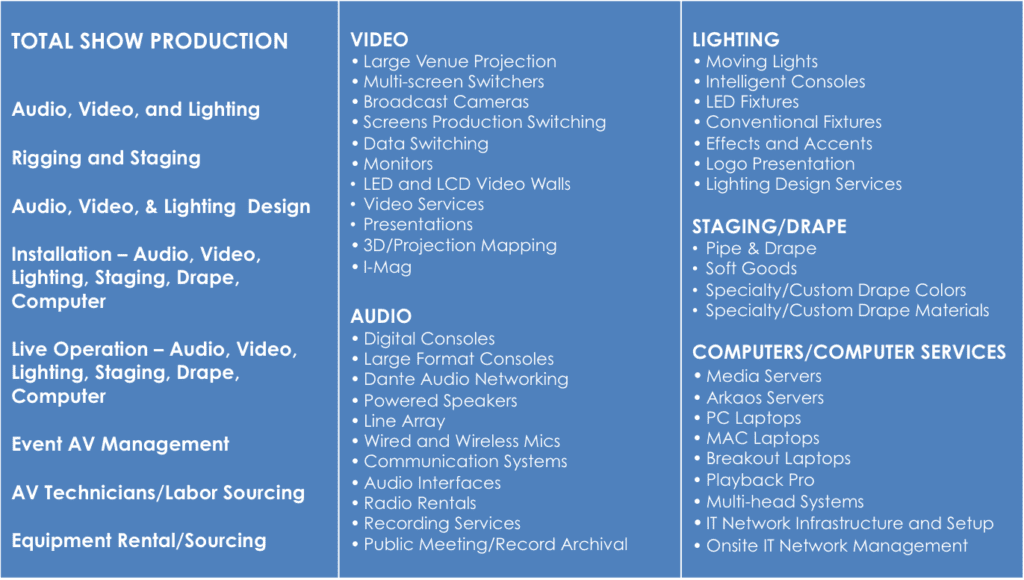Integrating Traditional Systems utilizing Advanced Audio Connectivity Technologies for Improved Performance as well as Adaptability.
Integrating Traditional Systems utilizing Advanced Audio Connectivity Technologies for Improved Performance as well as Adaptability.
Blog Article
Within today's rapidly evolving landscape of audio technology, the need to enhance efficiency and flexibility in sound solutions is more crucial than ever. Many organizations and locations still depend on outdated technologies, which are older technologies that may not have the features of contemporary devices. However, integrating these outdated systems with cutting-edge audio networking technologies can lead to substantial enhancements. Audio communication enables for improved interconnectivity between devices, allowing it simpler to control and operate sound across various spaces.
One of the primary benefits of combining legacy technologies with contemporary audio communication is increased adaptability. Conventional audio technologies often involve complicated cabling and limited pathway options. With sound networking solutions like Dante or AVB, sound signals can be transmitted over standard Ethernet connections. This means that operators can readily connect various devices without the need for extensive rewiring. Regardless within a concert venue, a educational auditorium, or a business function, this flexibility enables for rapid adjustments and changes to the sound setup without major downtime.
Performance is a further major factor that enhances when older systems are modernized with current networking learn about this here now solutions. Outdated technologies may struggle to provide high-quality sound, particularly in larger venues or in complex events. By adopting sound networking, entities can leverage of advanced capabilities such as minimal latency, synchronization, and electronic data processing. These advancements assist ensure that sound is distinct and uniform, enhancing the overall experience for audiences and performers together. This shift can make a noticeable impact in the way sound is perceived in various settings.
Moreover, harmonizing outdated technologies with contemporary solutions can lead to cost savings in the extended term. While upgrading to novel devices may require an initial investment, the effectiveness gained through sound communication can reduce upkeep expenses and decrease the requirement for ongoing repairs. Furthermore, connected technologies often require less physical room than conventional setups, which can save on real estate costs in venues. Entities can distribute resources more efficiently, utilizing the savings they save to invest in other critical fields.
Finally, educating staff on how to operate combined technologies becomes simpler with audio communication. Numerous modern sound communication platforms come with user-friendly controls and remote control features. This indicates that even those who may not significant technical knowledge can learn to manage and control the sound systems efficiently. Educational programs can be designed focused on these technologies, enabling personnel to maintain and diagnose technologies with confidence. By combining the old with the modern, organizations can create a more capable and skilled team, ultimately leading to improved sound experiences for all involved.